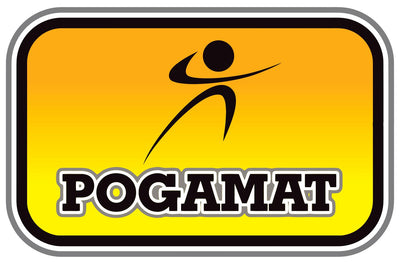Home workouts are rising in popularity. Yet, as more people begin to integrate fitness into their daily routine, misconceptions are also growing. It's high time we correct these erroneous beliefs and empower ourselves with reliable knowledge. Here, we will debunk ten prevalent home workout myths that have been misleading fitness enthusiasts for far too long.
Myth 1: Home Workouts Aren't as Effective as Gym Workouts
Just as there's no substitute for hard work, there's also no exclusive venue for effective workouts. What's more important is the intensity and the form of your workout. With the right techniques and commitment, home workouts can yield results equivalent to or even better than gym workouts.
Myth 2: You Need Expensive Equipment to Achieve Fitness Goals
It's easy to believe that fancy, high-end equipment equates to more efficient workouts, but it's simply not true. Bodyweight exercises like squats, push-ups, and lunges are incredibly effective. For those desiring additional resistance, household items such as water bottles or a backpack filled with books can serve as excellent alternatives.
Myth 3: Longer Workouts Equate to Better Results
Intensity beats duration. Short, high-intensity workouts can trigger faster and more substantial gains than prolonged, low-intensity workouts. Efficient workouts focus on maximizing effort in a shorter time frame, leaving you more time to recover and grow stronger.
Myth 4: No Pain, No Gain
Pain should never be a measure of a workout's effectiveness. While some muscle soreness is expected, especially after a high-intensity workout, acute or persistent pain indicates injury. It's crucial to listen to your body and respect its limits.

Myth 5: More Sweat Means More Fat Burned
Sweat is your body's way of cooling down, not an indicator of how much fat you're burning. Factors like room temperature, hydration level, and genetics also influence how much you sweat. The true gauge of an effective workout lies in increased heart rate and muscle fatigue, not the amount of perspiration.
Myth 6: Working Out Daily is Necessary
Rest days are essential. Your body needs time to recover and repair muscles to grow stronger. Overtraining may lead to injuries and hinder progress. For optimal results, ensure a balanced workout routine that includes sufficient recovery time.
Myth 7: It's Impossible to Gain Muscle Mass with Home Workouts
Muscle growth is all about creating tension and applying progressive overload to your muscles. This can be achieved through bodyweight exercises, resistance bands, or weights. Pair this with a protein-rich diet, and your home workout routine can indeed aid in gaining muscle mass.
Myth 8: You Need to Stick to a Single Workout Routine
Variety is key in fitness. Different exercises target different muscle groups, improving overall body strength and preventing workout plateaus. Incorporate a mix of strength training, cardio, and flexibility exercises into your routine to keep it diverse and stimulating.
Myth 9: You Should Always Feel Exhausted After a Workout
Feeling drained after a workout could indicate overexertion. The goal is to feel invigorated and stronger post-workout. It's crucial to manage workout intensity, prioritize proper nutrition, and get enough sleep to ensure your
body can recover and gain strength. Persistent fatigue after workouts may signal that your body isn't getting the rest or nutrients it needs.
Myth 10: Spot Reduction is Possible with Targeted Exercises
The idea that you can reduce fat in specific areas of your body—known as spot reduction—is a common misconception. Fat loss occurs uniformly throughout the body, not just in areas where you're doing targeted exercises. A well-rounded workout routine, coupled with a balanced diet, is the most effective way to lose fat and tone your body.
Armed with this knowledge, you can navigate your fitness journey with confidence and make the most of your home workouts. Remember, the best workout is one that suits your personal needs and lifestyle. Prioritize consistency, listen to your body, and embrace the fact that progress takes time. With this mindset, you're well on your way to achieving your fitness goals and debunking any home workout myths that come your way.
10 Home Workout Myths You Should Disregard - Debunking Fitness Misconceptions
Leave a comment
Comments will be approved before showing up.
Also in Pogamat Blog

Buy Yoga Mats That Last: The Durability and Design of Pogamat

At Home Workouts Comprehensive Guide Staying Fit in Your Living Room


